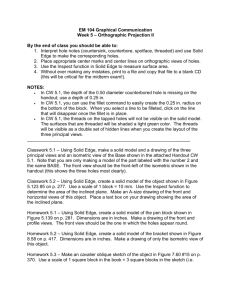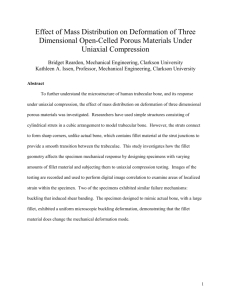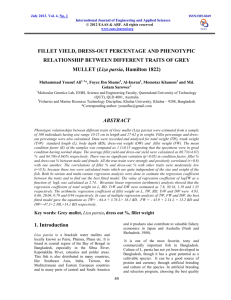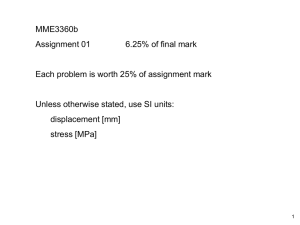modeling fillet yield based on body measurements in genetically
advertisement
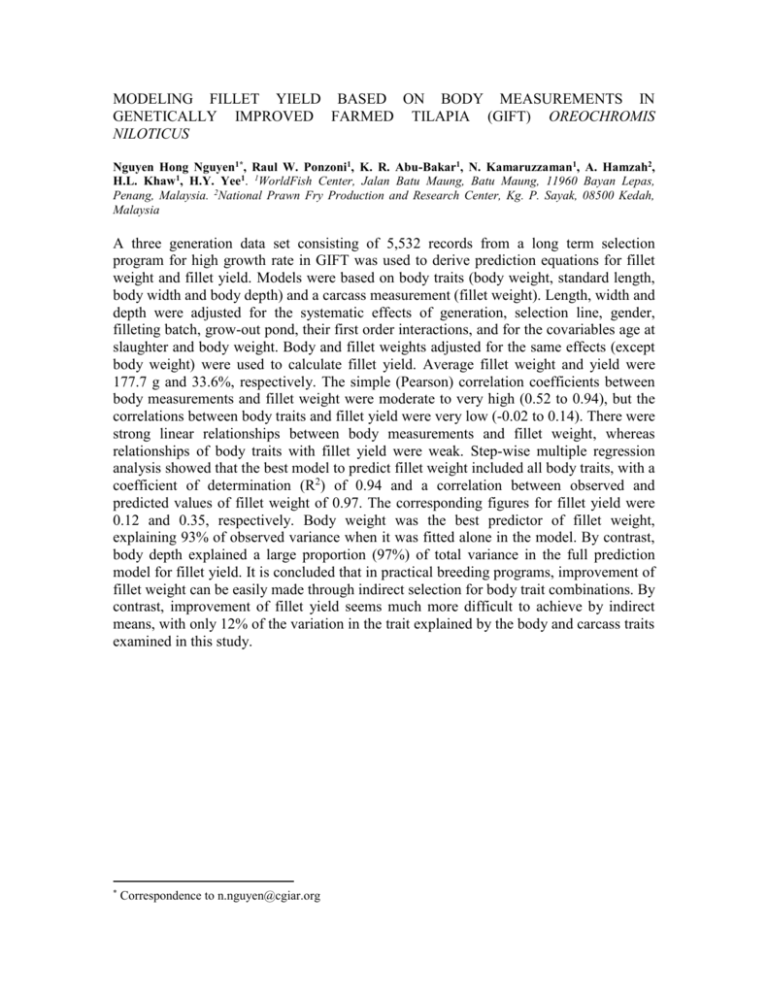
MODELING FILLET YIELD BASED ON BODY MEASUREMENTS IN GENETICALLY IMPROVED FARMED TILAPIA (GIFT) OREOCHROMIS NILOTICUS Nguyen Hong Nguyen1*, Raul W. Ponzoni1, K. R. Abu-Bakar1, N. Kamaruzzaman1, A. Hamzah2, H.L. Khaw1, H.Y. Yee1. 1WorldFish Center, Jalan Batu Maung, Batu Maung, 11960 Bayan Lepas, Penang, Malaysia. 2National Prawn Fry Production and Research Center, Kg. P. Sayak, 08500 Kedah, Malaysia A three generation data set consisting of 5,532 records from a long term selection program for high growth rate in GIFT was used to derive prediction equations for fillet weight and fillet yield. Models were based on body traits (body weight, standard length, body width and body depth) and a carcass measurement (fillet weight). Length, width and depth were adjusted for the systematic effects of generation, selection line, gender, filleting batch, grow-out pond, their first order interactions, and for the covariables age at slaughter and body weight. Body and fillet weights adjusted for the same effects (except body weight) were used to calculate fillet yield. Average fillet weight and yield were 177.7 g and 33.6%, respectively. The simple (Pearson) correlation coefficients between body measurements and fillet weight were moderate to very high (0.52 to 0.94), but the correlations between body traits and fillet yield were very low (-0.02 to 0.14). There were strong linear relationships between body measurements and fillet weight, whereas relationships of body traits with fillet yield were weak. Step-wise multiple regression analysis showed that the best model to predict fillet weight included all body traits, with a coefficient of determination (R2) of 0.94 and a correlation between observed and predicted values of fillet weight of 0.97. The corresponding figures for fillet yield were 0.12 and 0.35, respectively. Body weight was the best predictor of fillet weight, explaining 93% of observed variance when it was fitted alone in the model. By contrast, body depth explained a large proportion (97%) of total variance in the full prediction model for fillet yield. It is concluded that in practical breeding programs, improvement of fillet weight can be easily made through indirect selection for body trait combinations. By contrast, improvement of fillet yield seems much more difficult to achieve by indirect means, with only 12% of the variation in the trait explained by the body and carcass traits examined in this study. * Correspondence to n.nguyen@cgiar.org





